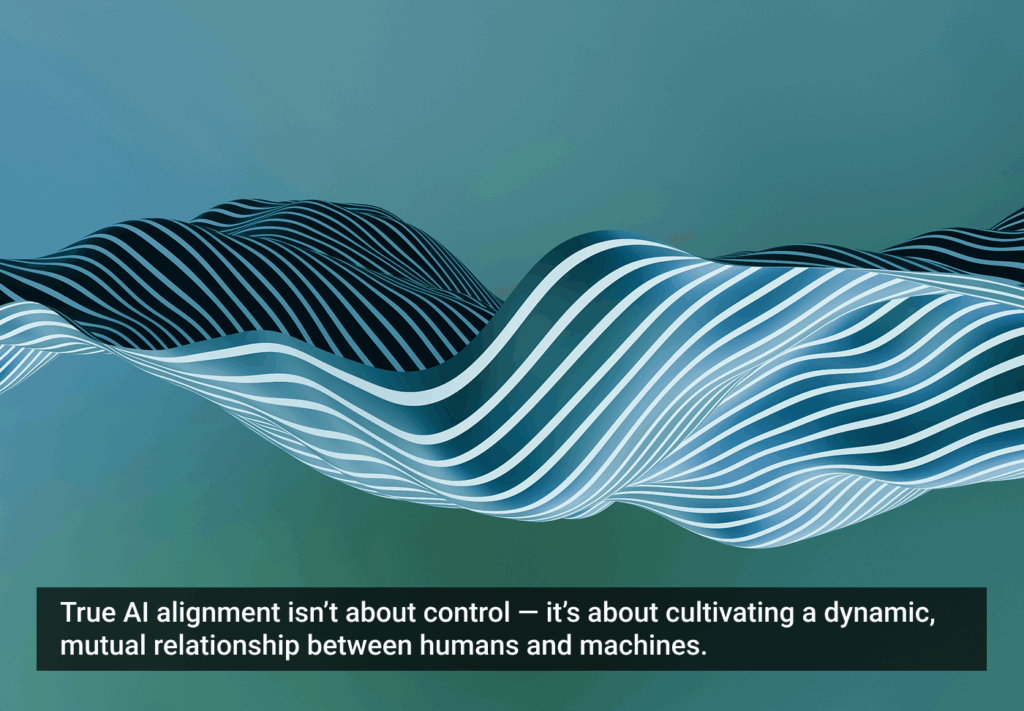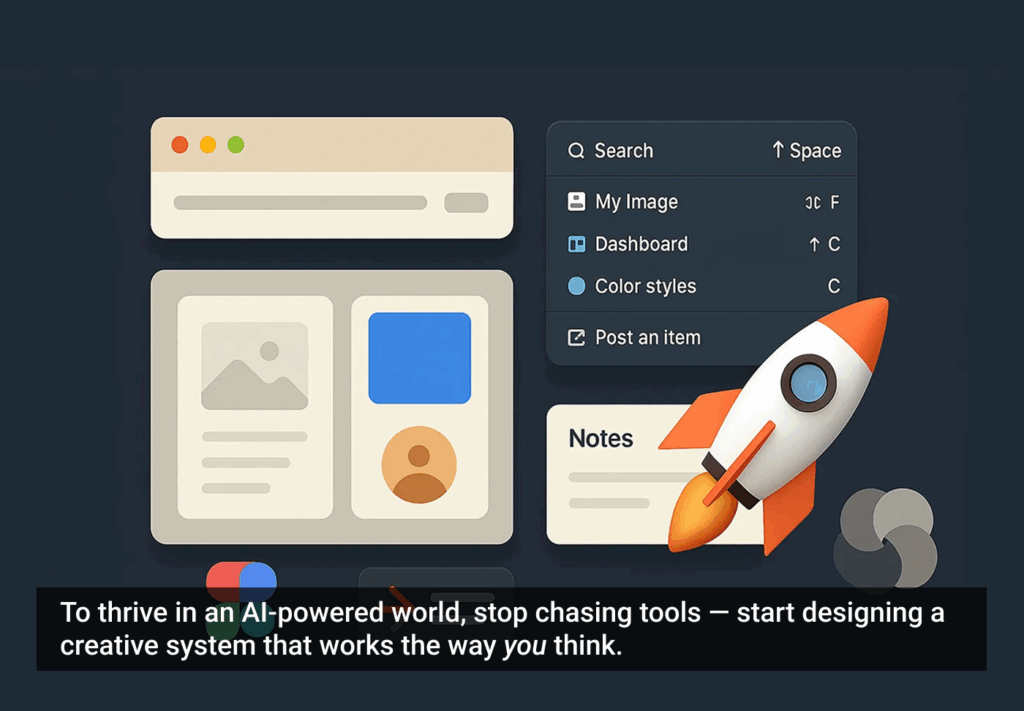Over the past two years, a combination of travel and remote work has led to some of the most successful collaborations in my career. However, I have recently been requested to relocate closer to the office and explore working more frequently from our physical workspace. While such a change was already on my radar and within my plans, I realised I had been left questioning the very foundation of such a business strategy. Would such a change be beneficial? And if so, why? And so here comes some of my granola-like blend of data and opinions. Feel free to taste or openly reject it; after all, I am still a true designer at heart, which will always influence those views and personal opinions.
Remote work has been facing increased scrutiny. Many CEOs recently aimed to phase out working from home post-pandemic. Employees at major financial institutions are discovering that the five-day workweek is here to stay. Similarly, tech giants are also implementing stricter policies. Among those, Google’s return-to-work order may include attendance tracking and incorporating it into performance evaluations for non-compliant workers. Meta and Lyft insist that employees return to the office, requesting a minimum of three in-person workdays per week by summer’s end.
New findings from a global survey indicate that employers need to meet the expectations of their workers when it comes to remote working. Corporate leaders are concerned that remote work negatively impacts productivity, and recent research supports this concern. For example, a study of data-entry workers in India revealed that those working from home were 18% less productive than their office-based peers. Similarly, an analysis of a large Asian IT firm found that employees were 19% less effective when working remotely. In addition to those initial data points, communication records of almost 62,000 employees at Microsoft indicate that professional networks within the company became more isolated as remote work became more common. Has remote work gone bust? Hold that thought for a moment.
Despite this pressure from higher-ups, employees remain very enthusiastic about remote working. According to WFH Research, workers desire the ability to work from their homes more often than they currently do. On average, employees worldwide want two days at home, a full day more than they are now given. This desire for remote work is even more vital in English-speaking countries, where the prevalence of home-working is already high. The trend is also spreading to places where remote work has been less common. In Japan and South Korea, where office work is the norm, employees desire more than a quarter of the week to work from home. Similarly, Europeans and Latin Americans crave a third and a half week to work remotely.
Unsurprisingly, more people are opting for remote work these days. By eliminating the daily battle with public transportation or congested roads, remote work allows for a better work-life balance. According to recent research, working remotely saves an average of 72 minutes each day, which adds up to two weeks over a year. Additionally, employees report feeling more engaged when working remotely. Globally, workers value these benefits so highly that they equate to an 8% increase in salary, indicating that some would be willing to take a pay cut to maintain their remote work privileges. Not bad as a new approach to employment regulations and life balance.
During the post-pandemic hiring boom, companies competed for workers, and employees’ demands and employers’ plans aligned. However, this trend is slowing down. Additionally, the pandemic has solidified the work-from-home movement, with a third of workers surveyed by WFH Research having either a hybrid or fully remote work arrangement. Undoing these practices will be complicated and unpopular, especially among the youngest workers. Need more evidence to make up your own opinion?
The recent decline in the labour market coincides with companies cracking down on remote work. This gives businesses more power as layoffs become more common in Wall Street and Silicon Valley. Despite this, some employees in the tech and finance sectors are opposing those guidelines. For instance, in May, Amazon experienced walkouts organised by around 300 employees, although some reports suggest closer to 2,000 were involved, openly protesting the company’s return-to-work policies.
Some companies are adjusting to the changing times and recognising the need for flexibility. HSBC, the British bank, intends to move from its 45-story building in Canary Wharf to smaller open offices in the City of London. Meanwhile, professional services powerhouses Deloitte and KPMG plan to decrease their office space and increase remote workspaces distributed in different city neighbourhoods. There is undoubtedly some innovative thinking showing up here.
Ultimately, the debate over working from home or the office reveals a much deeper division between going back to what the corporate needs have been and how the people would like them to be in the future. Rent and building maintenance is not free, and perhaps in this somewhat challenging economy would be best to shut a few doors and use those skyrocketing operational budgets to create new opportunities for employees and increase their well-being and, subsequently, their performance.
Assuming you’ve made it this far, you may wonder how my recent findings have impacted my thoughts on potential change. Allow me to clarify. While in-person collaboration is invaluable and digital tools cannot fully replace it, company leaders must recognise that mandating employees to work in the office will not suffice in a post-pandemic world. Employees will expect much more without compelling, engaging, and inspiring plans. This shift is not exclusively due to the pandemic behavioural consequences. Instead, it reflects a generational shift where workers prioritise their inner motivational fulfilment over purely financial gain.








